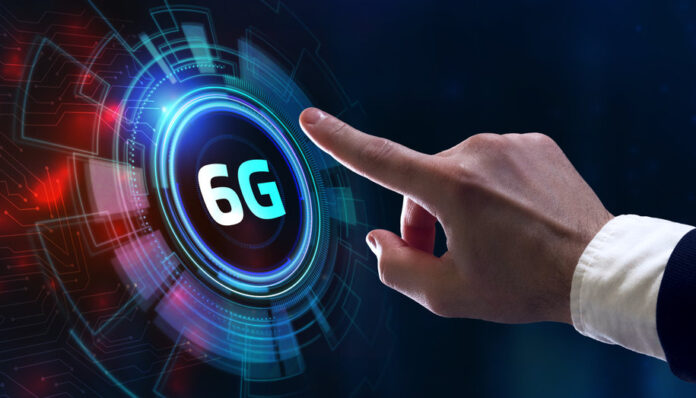According to Samsung, 6G will be characterized by ultra-wideband, ultra-low latency, ultra-intelligence and ultra-spatialization, which will support “extreme” communication performance
A wide range of technologies such as AI, advanced sensors, optics, cloud computing, high-speed digital, satellite and robotics will undergo rapid advancement in the next decade, combining and augmenting to enable new use models made possible by 6G, according to Sarah LaSelva, director of 6G marketing at Keysight Technologies.
“In the area of communications, 6G will bring multi-sensory technologies to create new ways for people to interact with each other and with their surroundings, using not just sight and sound, but also touch, smell and taste. 6G will eliminate physical and temporal distance between people through holographic imaging, seamlessly connecting human-to-human and human-to-machine worlds,” LaSelva said.
LaSelva added that networks will be powered by artificial intelligence, allowing fully automated infrastructure optimization and autonomous service provisioning. “There will be widespread use of digital twins, exact real-time replicas of physical processes, virtual models using past and present data with machine learning to dynamically monitor, improve, optimize and enhance many different processes,” she added.
Meanwhile, Andreas Roessler, technology manager at Rohde & Schwarz, believes that terahertz communication, joint communication and sensing (JCAS), artificial intelligence and machine learning, reconfigurable intelligent surfaces (RIS) and photonics/visible light communication (VLC) are among those technologies that will provide revolutionary aspects in the 6G era. “JCAS may help improve the communication link while enabling more efficient beam management, beam alignment, and feedback of the channel state information collected by the receiver. It also will allow new use cases if environmental data can be communicated, such as gesture recognition, vulnerable road user detection, and human-machine interaction,” said Roessler.
Also, Ian Wong, director of RF and wireless architecture at Viavi Solutions, also believes that JCAS is one clear example of a new technology which would only be possible with future 6G systems. In JCAS, communication and sensing functionalities are undertaken jointly, enabling the network to offer sensing capabilities. Wong said that a lot of research is currently being carried out in this field.
According to Patrik Persson, 6G program manager director at Ericsson, a fundamental use case that Ericsson envisions for the future is moving in a cyber-physical continuum, between a programmable digital representation of the physical world of sensing, action and experiences. A digitalized and programmable world can deliver interactive 4D maps of whole cities that are precise in position and time and can be simultaneously accessed and modified by large numbers of humans and intelligent machines for detailed planning of activities. Such cyber-physical service platforms can issue commands to steerable systems, like public transport, waste handling, or water and heating management systems, achieving higher levels of resource efficiency, Persson said.
6G will be characterized by ultra-wideband, ultra-low latency, ultra-intelligence and ultra-spatialization, which will support extreme communication performance and enable truly immersive extended reality (XR), high-fidelity mobile holograms, and digital replicas anytime, anywhere, according to Samsung’s vision.
“With the 6G era expected to connect as many as 500 billion machines, we’ll see vehicles, appliances, and even the buildings around us being connected to this super-fast communications network. We’re already seeing today how XR devices and services such as VR and AR are being used, and digital replication technology is being harnessed in industrial IoT. In a world where 6G technology is universal, those truly immersive XR services and other advanced applications like high-fidelity mobile holograms will begin to emerge,” Sunghyun Choi, head of advanced communications research center at Samsung Research.
Choi also noted that the network elements of the 6G will be designed considering cloud environment, so that they can be fully softwarized, virtualized, and reprogrammable.
Meanwhile, ATIS’ Next G Alliance had previously released a report presenting the use cases and applications for the future 6G network. Four categories of use cases are presented in the report: Network-Enabled Robotics and Autonomous Systems, Multi-Sensory Extended Reality, Distributed Sensing and Communications and Personalized User Experiences.
RCR Wireless News published an editorial report about future 6G technology dubbed “What problems will the next generation of cellular solve and how?” in which key industry leaders talk about the future development of 6G technology. Click here to access the report.

